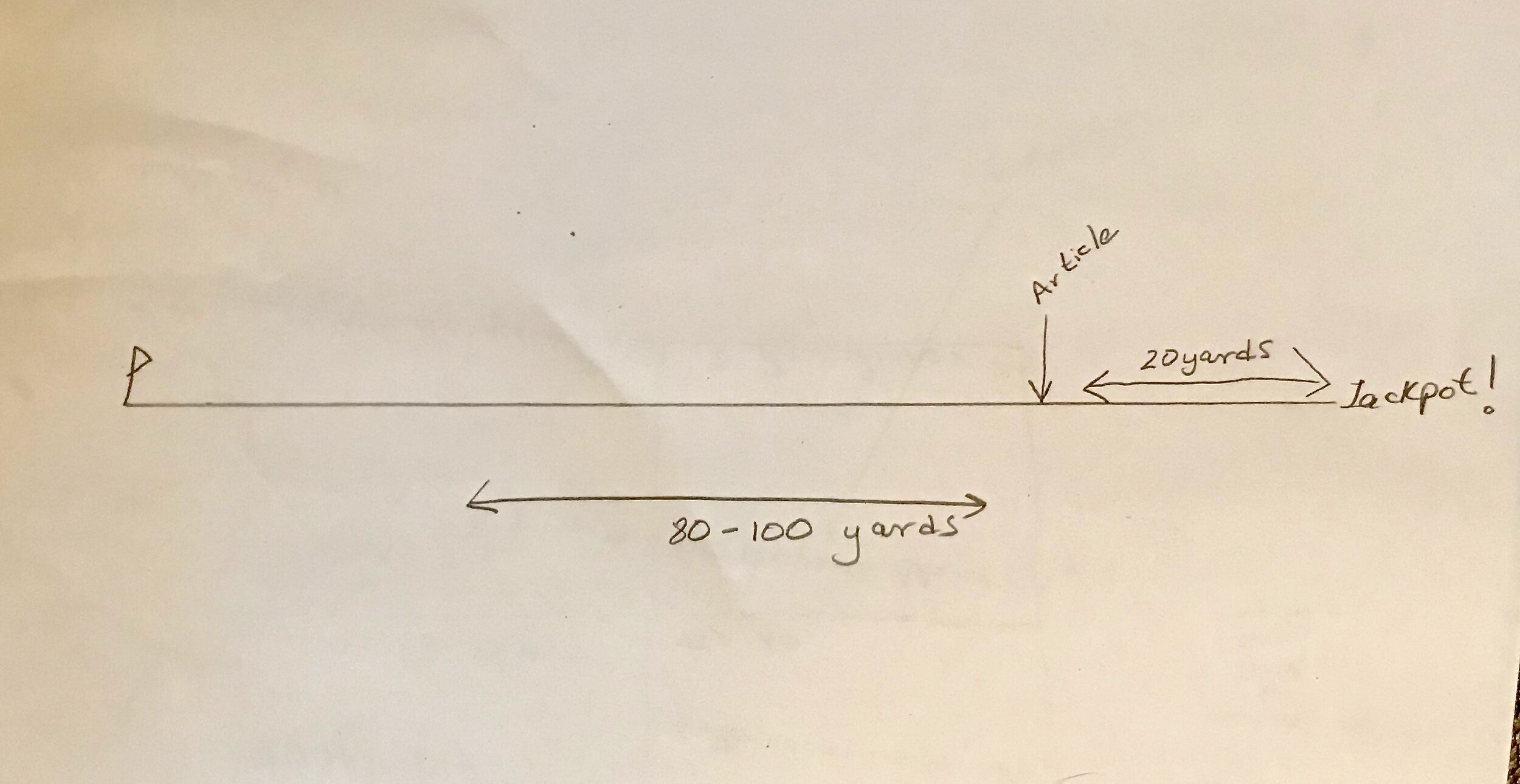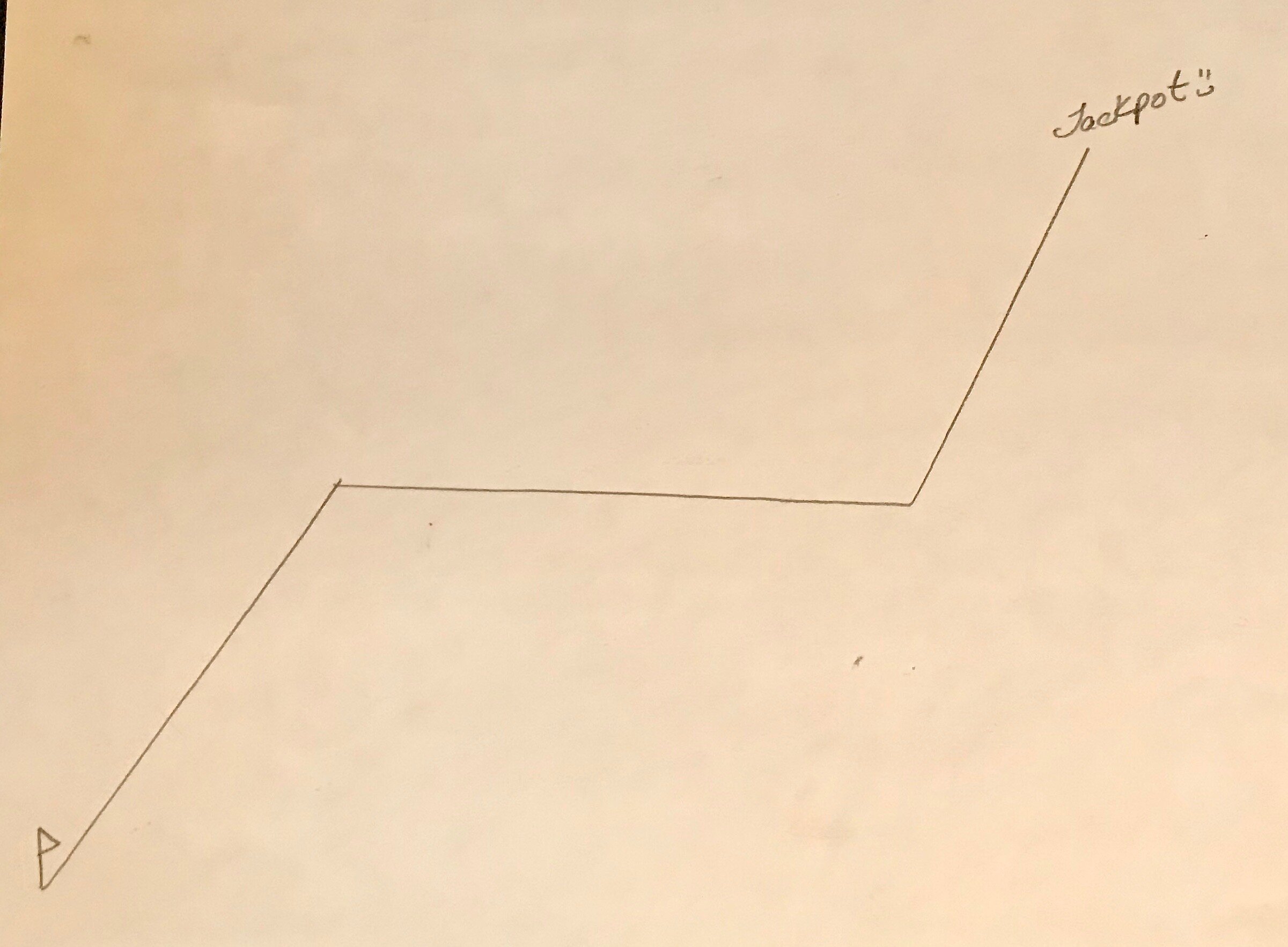I have been impressed by many things but two things that members of the Edge community seem to be embracing with gusto is recognition of the need to micro training, both in terms of Least Trainable Units but also session lengths, and the emphasis on Attitude.
In the video this week I start to discuss when and how to put micro-steps together, and use the example of Claire’s recall. I train the “wait” and the “come” separately (of course!) and apparently so well that when I put Claire on a wait and called her (“come”), she was uncertain how to respond.
File photo from 2019 Specialty where she knew how to “come” from wait — apparently, I have REALLY trained “wait” since then.
LOVE IT!
We should expect transition bumps when we chain Least Trainable Units together. Not a Big Deal.
In this week’s video (click HERE) I also try to navigate a continuation of our discussion about Ring Nerves. Specifically, I address how to handle our perception that people are mean and unkind and insulting at Dog Events because believing that adds to distress, which doesn’t help anyone.
This is a challenging topic because perception is reality — even when it isn’t.
Does that make sense?!
We react emotionally as if what we perceive with our mind (cognition) is 100% accurate and true, but we know from all kinds of research that humans are actually pretty terrible at the accurate interpretation of others.
Seriously! For a great read about this: Talking to Strangers by Gladwell — it will blow your mind. (FYI — get the audio book as it is read by the author more like a podcast).
What that has to mean to all of us is this: Our perception about the intentions/meaning of what others say and do is likely wrong — or at the very least, not completely accurate.
Oh Dear.
Please consider that when we assign the worst possible motive to what others do/say — instead of remembering we are all imperfect communicators and that humans regularly misread others — we poke at our emotional bruises. We believe bad things and so we feel bad things, even when our beliefs are wrong.
OUCH.
And I am struck by something I believe is important: when we are convinced that our assumptions about the meanness of others is 100% accurate we may well become part of the problem!
YIKES.
Describing someone or a group of participants in unflattering terms based on our highly suspect perceptions and interpretation of meaning contributes to the exact climate we are criticizing.
Dang it.
Life, with Dogs — always so educational and ready to reflect things we may not enjoy seeing. At least, that is how I feel about all this: a bit chagrined and committed to being and doing better - how about you?
Take Home Food for Thought: You might be wrong. And what would THAT mean?


